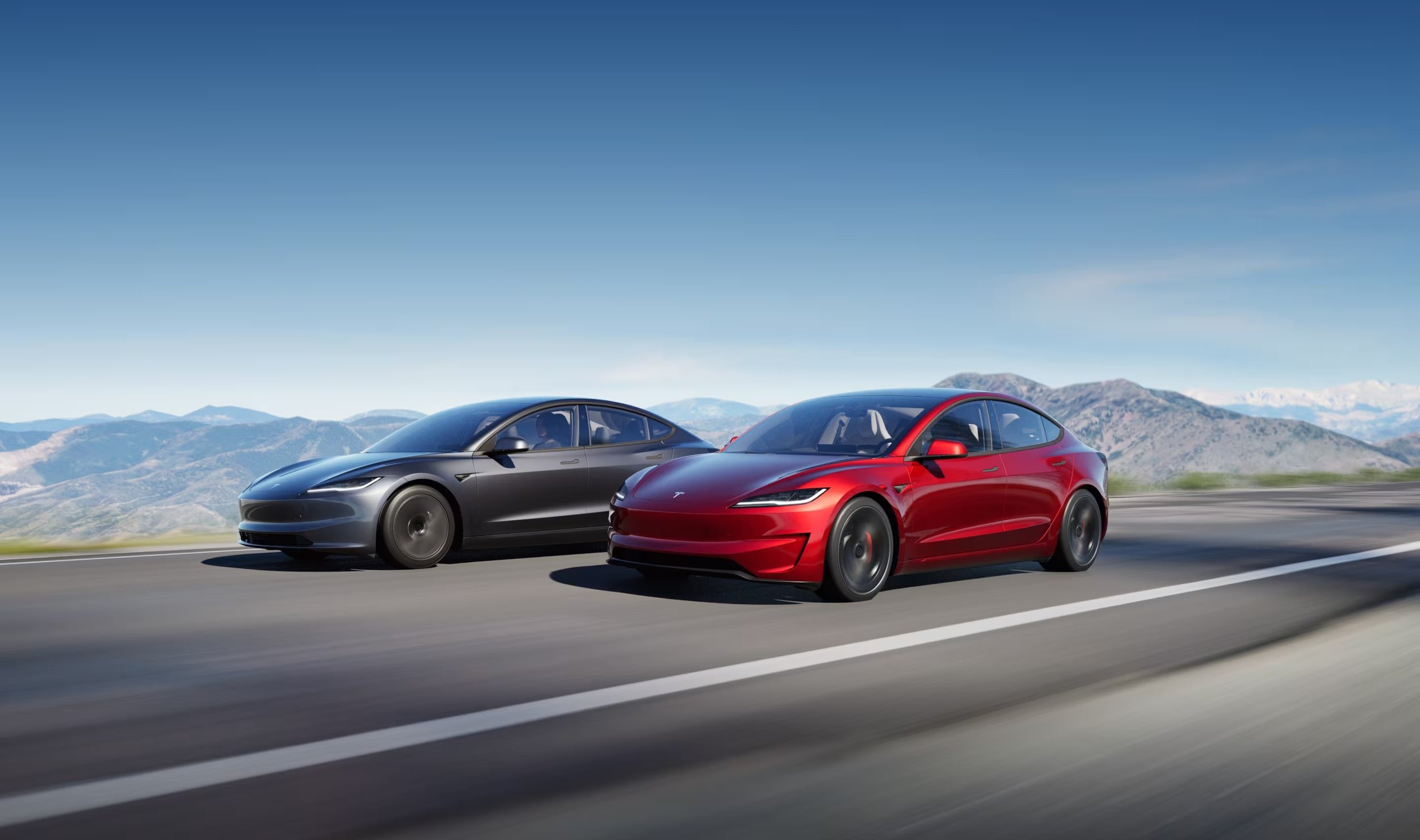The Rise and Fall of the Tesla Brand
Tesla’s brand went from innovative and admired to polarizing and criticized
A Dream of Innovation and Design
When Tesla burst into the mainstream, it wasn’t just selling electric vehicles — it was selling the future. The Model S and Model 3 weren’t just efficient; they were sleek, fast, and desirable. The brand resonated with tech enthusiasts, environmentalists, and everyday drivers alike. People saw Tesla as a disruptor — clean, cutting-edge, and cool.
At the heart of this movement was Elon Musk — a bold, unconventional thinker. In the early days, his image aligned with the Tesla brand: visionary, driven, and a little bit rebellious in the best way. For many, he was the embodiment of progress.
I may not be a fan of Elon but the cars aren’t bad to look at https://www.tesla.com/
From Visionary to Controversial
But a brand built on a person’s image is only as stable as that person’s reputation. Over time, Musk’s behavior began to shift. From erratic tweets to controversial interviews, his persona became more polarizing. Instead of inspiring innovation, he started dominating headlines for political rants, misinformation, and trolling.
The electric car audience — once composed of environmentally-conscious and progressive-leaning buyers — began to feel alienated. As Musk aligned himself with controversial figures and more recently, Donald Trump, the Tesla brand took a hit. For many, the brand no longer symbolized forward-thinking values — it started to represent something far more divisive.
I gotta say, the Cybertruck may be ugly as hell, but the marketing looked pretty good at times. But this is still a very ugly design and even worse in person. But this is my opinion, you should check it our for yourself https://www.tesla.com/cybertruck
The Cybertruck and the Brand Disconnect
The highly anticipated Cybertruck could have been a major win — but instead, it became a symbol of Tesla’s disconnect. Reviews were mixed at best. Critics pointed out impractical design choices, poor build quality, and safety concerns.
What was once a brand celebrated for elegance and functionality had released a vehicle that felt like a meme come to life. The launch didn’t just fail to excite — it damaged trust. When form, function, and values don’t align, a brand suffers.
Lessons in Brand Stewardship
Tesla’s brand issues didn’t stem from its technology — they stemmed from its leadership and identity. This is a cautionary tale for every company:
Your brand is not just your product. It’s how people feel about you, what you represent, and who speaks for you.
The face of your company matters. If your leadership doesn’t reflect your audience's values, you risk alienating them.
Public behavior is brand behavior. Tweets, partnerships, and public comments all shape perception — and perception is your brand.
Closing
Tesla hasn’t disappeared, and it still has a passionate user base. But the shine has faded. The trust and love that once surrounded the brand have cracked, largely due to inconsistent values and a leader who’s become too big for the brand itself.
For startups, small businesses, and global brands alike, the message is clear: stay consistent, know your audience, and be careful who represents your mission.



